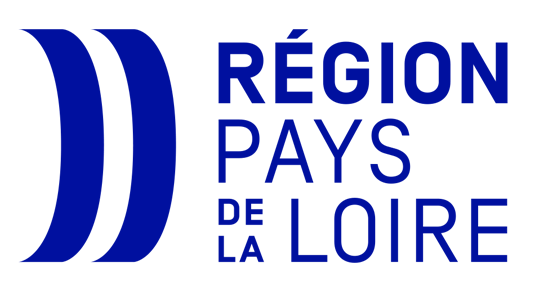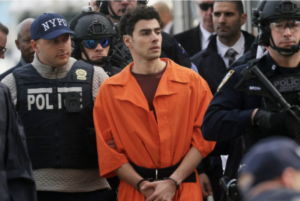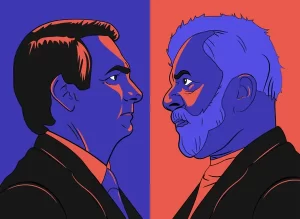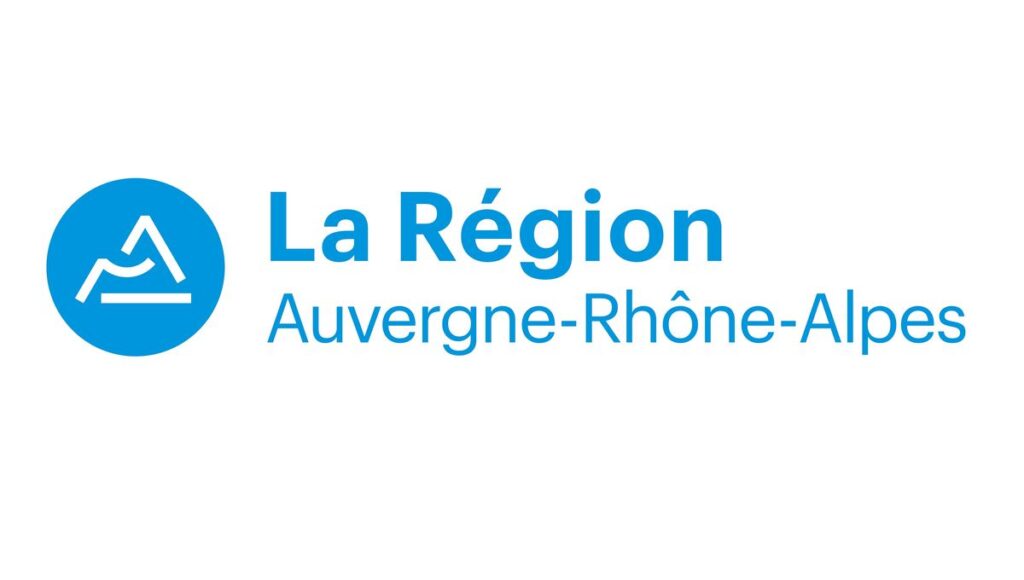A Landmark Declassification
Trump’s release includes nearly 80,000 pages of previously classified documents, now accessible to the public via the National Archives. These documents comprise intelligence reports, CIA and FBI surveillance records, diplomatic correspondences, and internal memos related to Kennedy’s assassination on November 22, 1963. The files promise to shed light on various theories surrounding the event. It includes alleged CIA involvement, Cold War tensions, and potential foreign influence.
For decades, a significant portion of JFK-related records remained under wraps due to supposed national security concerns. The JFK Assassination Records Collection Act of 1992 mandated the release of all assassination-related files by 2017, barring last-minute government objections. Successive administrations, including those of Trump and Biden, delayed full disclosure, citing national security and intelligence protection. However, Trump’s recent move eliminates these barriers, allowing the public full access to classified details.
Key Revelations and Their Impact
- Lee Harvey Oswald’s Soviet and Cuban Connections: The files reveal that Oswald, the accused assassin, had extensive interactions with Soviet and Cuban officials. While previous documents hinted at this, the latest disclosures detail his attempts to obtain a visa at the Soviet Embassy in Mexico City shortly before the assassination, fueling speculations about possible foreign involvement. Some newly released CIA cables discuss Oswald’s movements and his apparent frustration with Soviet bureaucrats.
- CIA and FBI Surveillance Failures: The documents expose internal reports suggesting that U.S. intelligence agencies were aware of Oswald’s radical activities yet failed to act preemptively. Some memos hint at bureaucratic reluctance to intervene, while others suggest a lack of coordination between intelligence agencies. One striking document details how the FBI had been monitoring Oswald due to his defection to the Soviet Union in 1959. However, no proactive measures were taken to assess his potential threat level upon his return to the U.S.
- Suppressed Testimonies and Alternative Theories: Witness accounts that contradicted the official Warren Commission findings are now part of the public record. These include testimonies from intelligence officers and individuals present at Dealey Plaza. It offers new perspectives on the shooting’s circumstances. Some accounts raise questions about the number of gunshots fired and the presence of other individuals who may have played a role. One declassified memo from a high-ranking CIA official acknowledges the existence of internal concerns about whether Oswald acted alone or was part of a larger conspiracy.
- Previously Hidden Government Communications: The new documents also shed light on the internal communications between government officials in the immediate aftermath of the assassination. These include transcripts of discussions between the White House, the FBI, and the CIA. Some of these transcripts reveal deep anxiety about how to control public perception and prevent potential panic over foreign involvement.
Despite these revelations, the documents do not provide a definitive “smoking gun” that conclusively proves an alternative theory to the lone gunman narrative. However, they add significant depth to the already complex web of information surrounding the case. It also fueled speculation that key details were omitted or downplayed in past official reports.
Trump’s Justification and the Political Fallout
Trump, known for his skepticism of intelligence agencies, justified the release as a victory for government transparency. “The American people deserve to know the full truth about what happened to their president,” he stated in a press conference following the declassification. “No more cover-ups, no more hidden agendas.” He also suggested that past administrations had deliberately withheld information to protect the reputation of key figures within the intelligence community.
The decision has drawn mixed reactions. Advocates for transparency hail it as a long-overdue correction to decades of secrecy, arguing that the files will enable historians and journalists to piece together a more accurate version of events. Others, including intelligence officials, criticize the move, warning that sensitive details about intelligence methods and foreign operations could undermine national security. Some within the intelligence community argue that certain documents may have been misinterpreted or taken out of context, leading to a resurgence of conspiracy theories rather than a resolution of the case.
A Nation Revisiting Its Darkest Hour
The release of these files does not just reopen the JFK case—it revives deeper questions about governmental secrecy, intelligence accountability, and the legitimacy of official narratives. With conspiracy theories about the assassination still deeply ingrained in American culture, the impact of this disclosure will likely unfold over the coming months as experts analyze the contents in depth.
The timing of the release also raises questions about Trump’s political motivations. Some speculate that the move is intended to appeal to a base that has long distrusted the “deep state” and government institutions. By positioning himself as the president who finally revealed the truth, Trump may be reinforcing his image as an anti-establishment leader who challenges the entrenched political elite.
For now, one thing is clear: Trump’s decision to release these documents ensures that the mysteries surrounding JFK’s death will remain at the forefront of public debate, reinforcing the enduring intrigue of one of history’s most consequential assassinations. As researchers and historians dig through the files, the world will be watching closely to see whether any definitive answers emerge—or whether the truth remains as elusive as ever.










